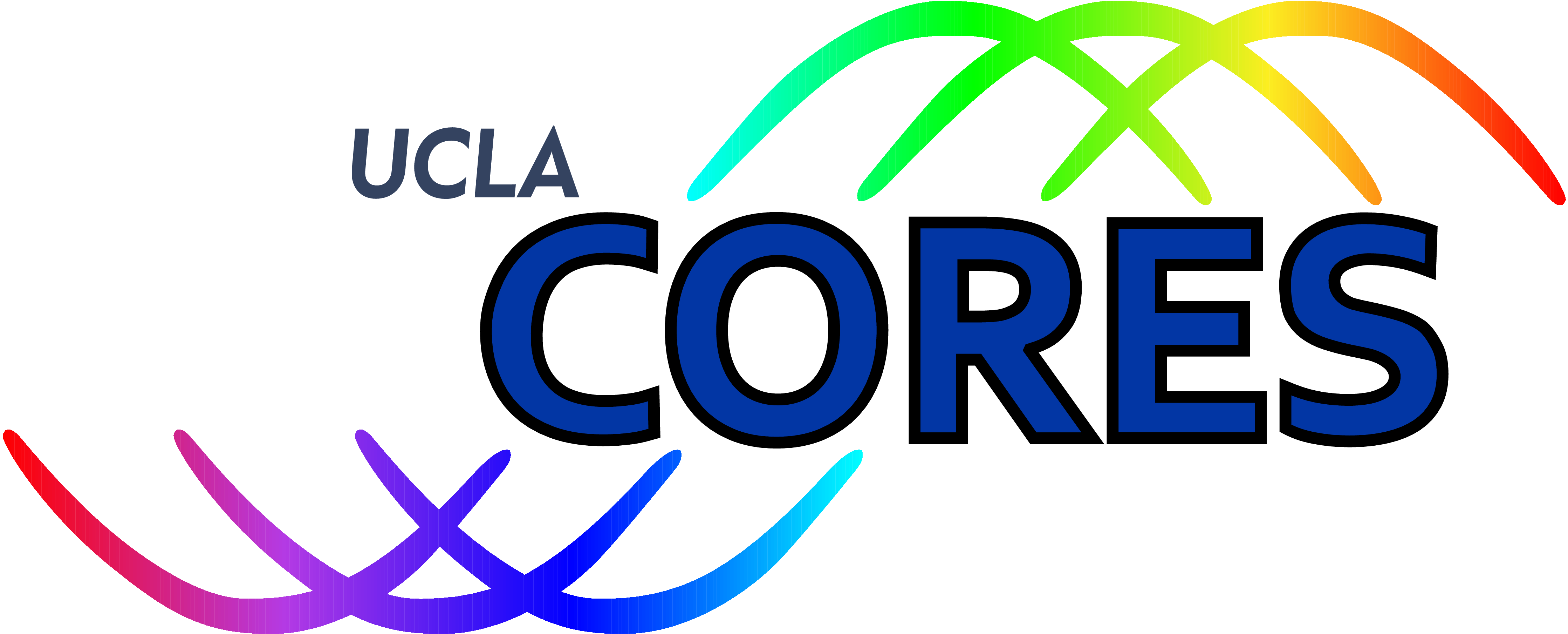
Cognitive Reconfigurable Embedded Systems Lab

Improving UAV Swarm Capacity using Distributed MIMO
Unmanned aerial vehicles are envisioned to be an integral part of future wireless networks. UAV basestations can provide on-demand infrastructure, adapting to spatially and temporally varying user requirements. In scenarios like open air festivals and outdoor markets, a swarm of UAVs can be used to meet user data rate demands. Unlike ground basestations, aerial basestations rely on wireless backhaul for connectivity to the core network. Shared among multiple UAVs, the backhaul link can pose a capacity bottleneck as the number of UAVs increase. By using a multiantenna ground station, the air to ground channel becomes a distributed MIMO channel. Using spatial multiplexing can address the capacity bottleneck. However, the attainable capacity gains rely on the UAV positions. A highly correlated channel can only provide limited capacity gains. In this study, we have two goals:
1) We analyze the dependence between the UAV positions and the achieved MIMO channel capacity. From this analysis, we Identify the UAV placements that maximize the capacity.
2) We develop algorithms to optimize the UAV positions to maximize the MIMO capacity. Using simulations and analysis, we verify these algorithms and evaluate their performance.
Staff
- Primary Investigators: Danijela Čabrić
- Students: Samer Hanna, and Enes Krijestorac